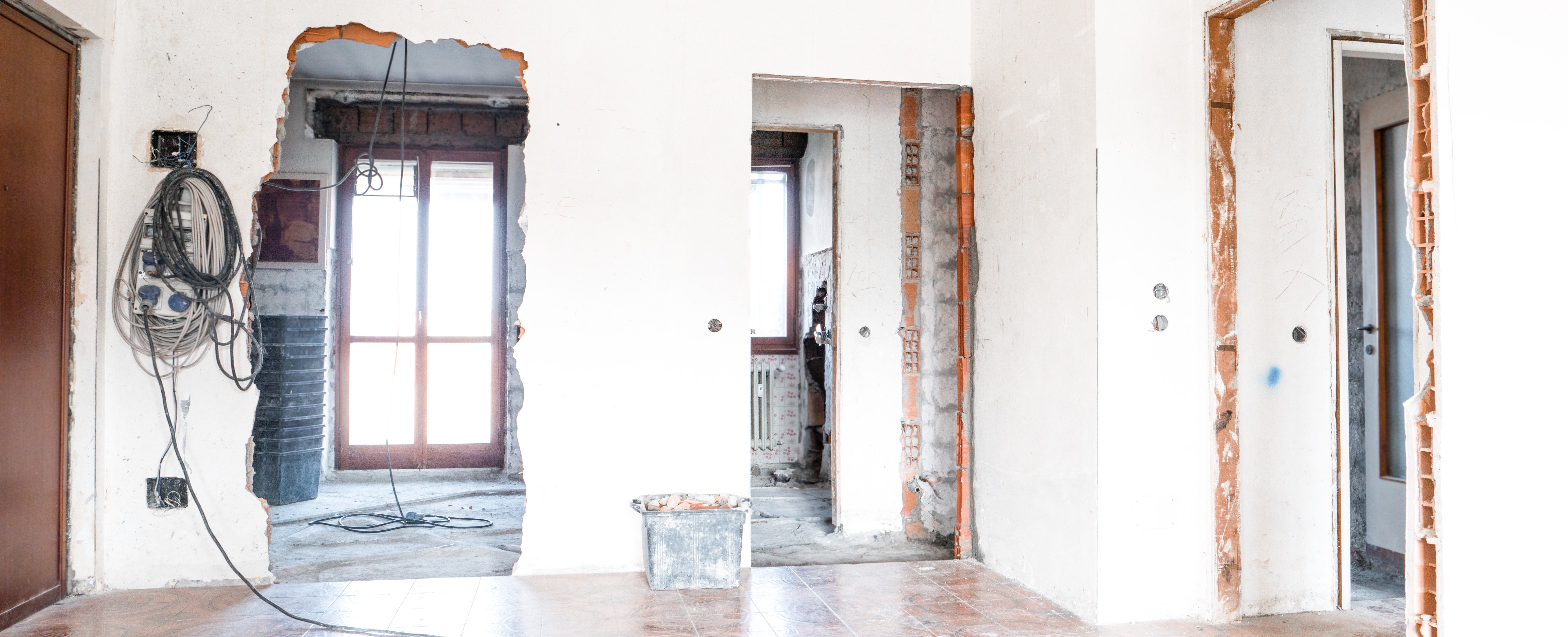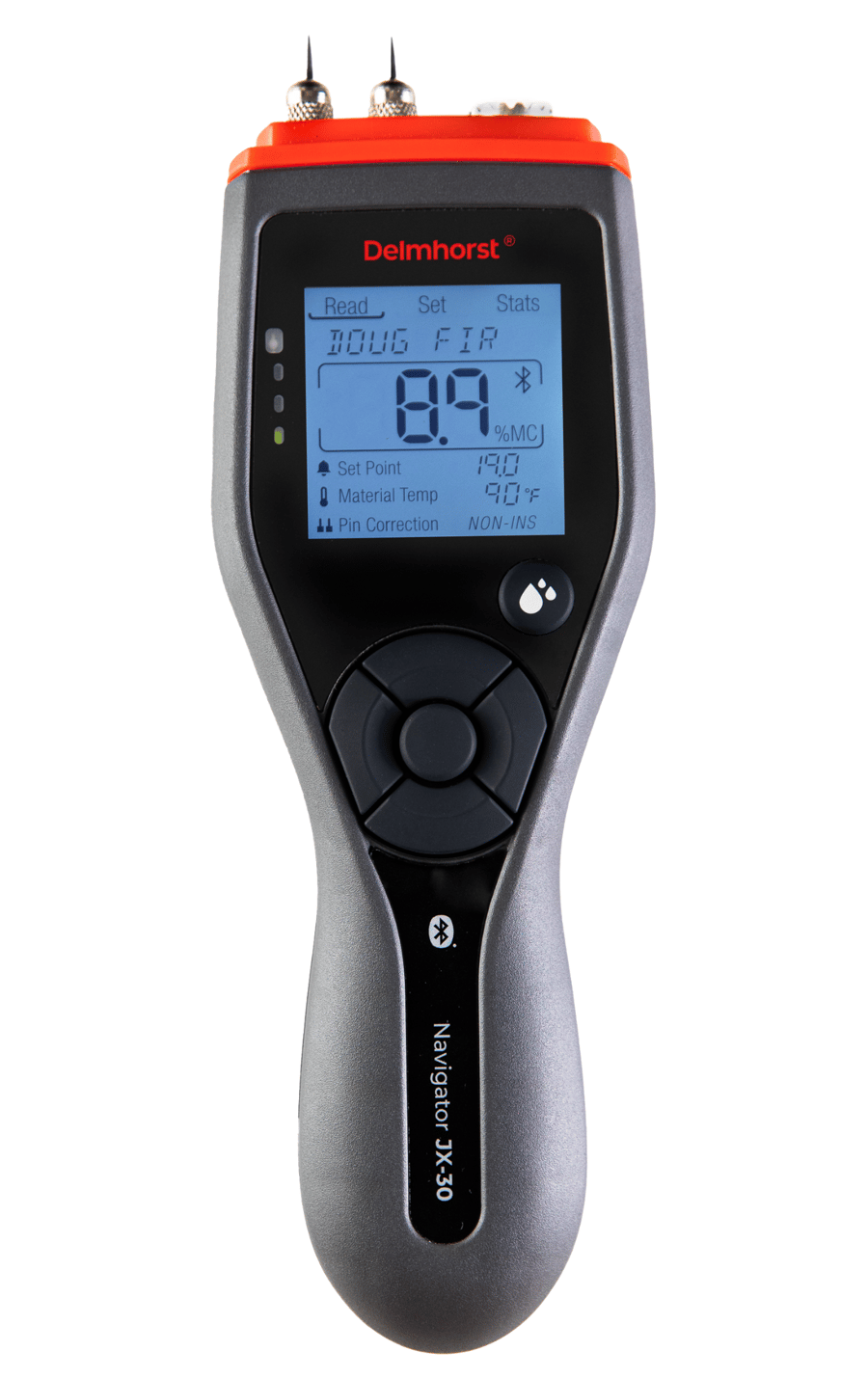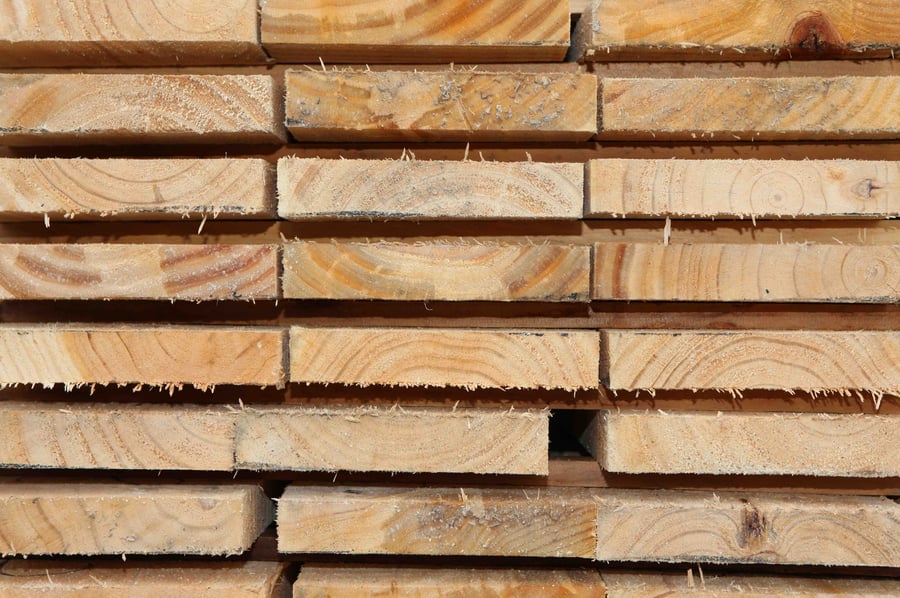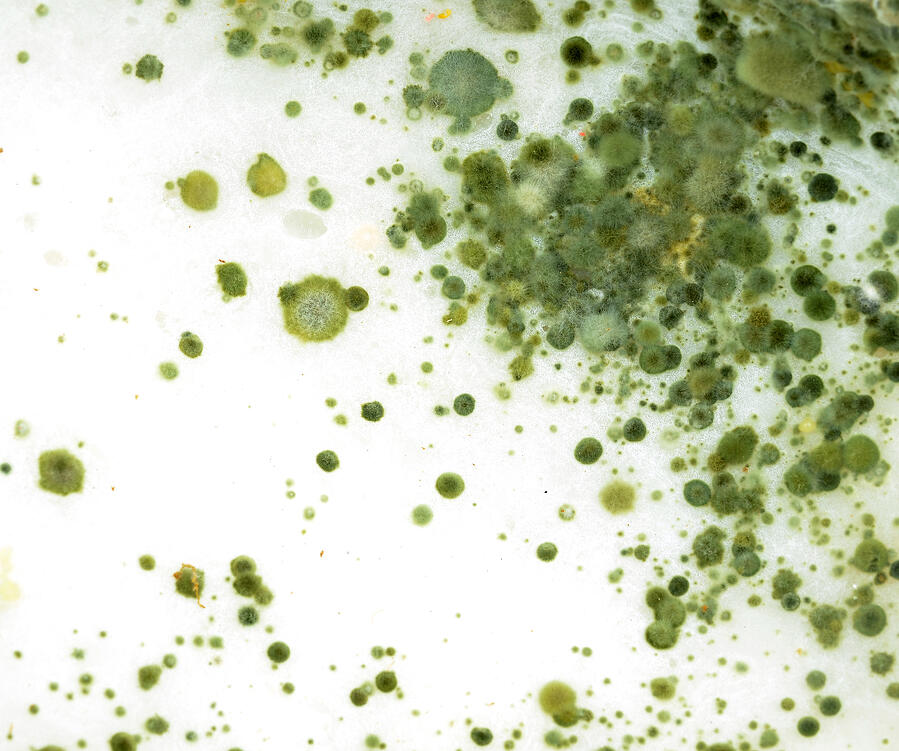Using Moisture Meters for Restoration Saves Time & Money

Restoration experts have a tough job year-round. Finding all of the hidden moisture pockets in a structure and eliminating all sources of moisture intrusion to prevent further damage is an enormous task—especially in larger buildings or after particularly severe disasters.
Being able to complete restoration work as quickly and efficiently as possible allows restoration experts to complete more jobs. However, incomplete work can result in costly callbacks that eat up more time and resources than getting the job done right in the first place would have.
Using moisture meters for restoration projects can help you save a significant amount of time and money in a few ways:
Improving Thoroughness of Moisture Checks
One of the reasons that restoration moisture meters have become a standard tool for the industry is that they can easily detect hidden pockets of moisture which would be invisible to the naked eye. Also, these devices can express the moisture content (%MC) of some materials as a precise value.
Having accurate measurements of how much moisture is present in different building materials allows you to easily pinpoint moisture intrusion sources and track overall dry-out progress.
This can help prevent call-backs that waste your time and money later on.
Improving the Speed of Moisture Testing
Using a moisture meter for restoration takes mere moments for each use—which can save time on the moisture testing process on the job. Faster testing methods mean more time can be dedicated to the bulk of your dry-out/tear-out work each time a technician visits the job site —reducing the total amount of time and labor that has to be spent on testing building materials for moisture.
Even if you just shaved 15 minutes off of the task of testing moisture for each employee on each shift, in a five-day work week with 4 workers, that would be 5 hours of labor saved. In a year, that team would save 260 hours of labor. At an average wage of $17.76 per hour for a general maintenance and repair worker salary in 2016 (source: Bureau of Labor Statistics), that’s $4,617.60 in labor saved on moisture testing each year—more than enough to make most high-end moisture meters pay for themselves.
Resolving Contract Disputes
Although an unpleasant subject, it’s important to be prepared for disputes over the service contract you have with a client. After a restoration job is finished, it’s not unheard of to get a call from the client claiming that some moisture intrusion source was missed—and that they’re holding you responsible because of a “lack of moisture checks” or similar claim.
Using moisture meters—especially ones that can record, store, and export moisture measurements with date and time stamps—can help you resolve any contract disputes that may crop up. Recording moisture measurements on the job helps prove that due diligence was performed, and to what degree.
It can also be a good means of verifying that your workers are taking moisture measurements as necessary in different building materials. This, in turn, helps you maintain your quality control standards to prevent disputes in the first place.
More Than Just Saving Time and Money
Beyond saving time and money on the job, moisture meters can help restoration companies preserve their good reputation. By preventing moisture problems with quick and thorough checks—while also documenting those checks—restoration contractors can establish high quality control standards that help build a positive consumer experience.
Of, course, not just any moisture meter will do. Ideally, you’ll want to pick a moisture meter that has a large moisture detection range, several reading scales for different building materials, and compatibility with different specialized probes to get readings in areas where the meter’s integrated pins might not work.
Need help finding the right moisture meter for your restoration work? Or, do you need information and advice for using a moisture meter for restoration? Contact Delmhorst today with any questions! We look forward to helping you with your moisture meter needs.
Subscribe to Our Blog
Post Related

How to Determine Mold Risks with Moisture Meters


